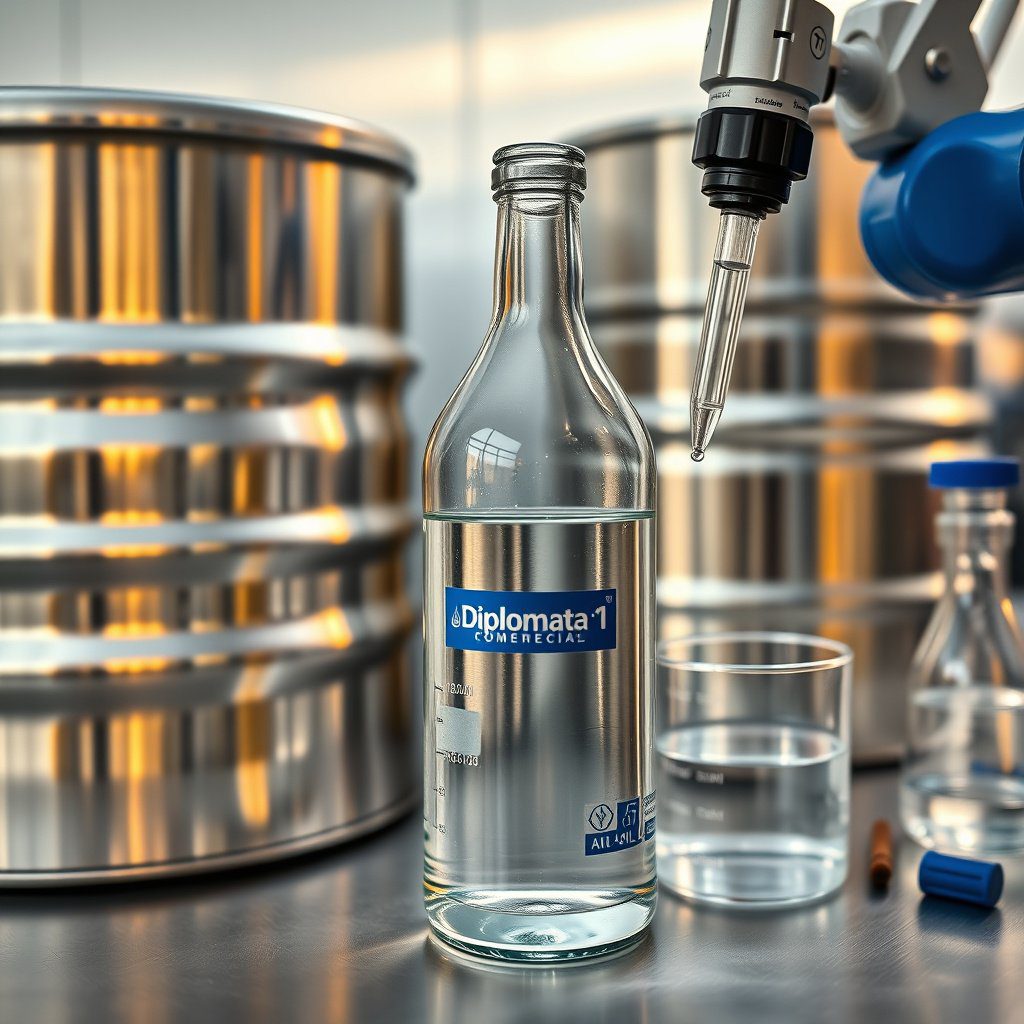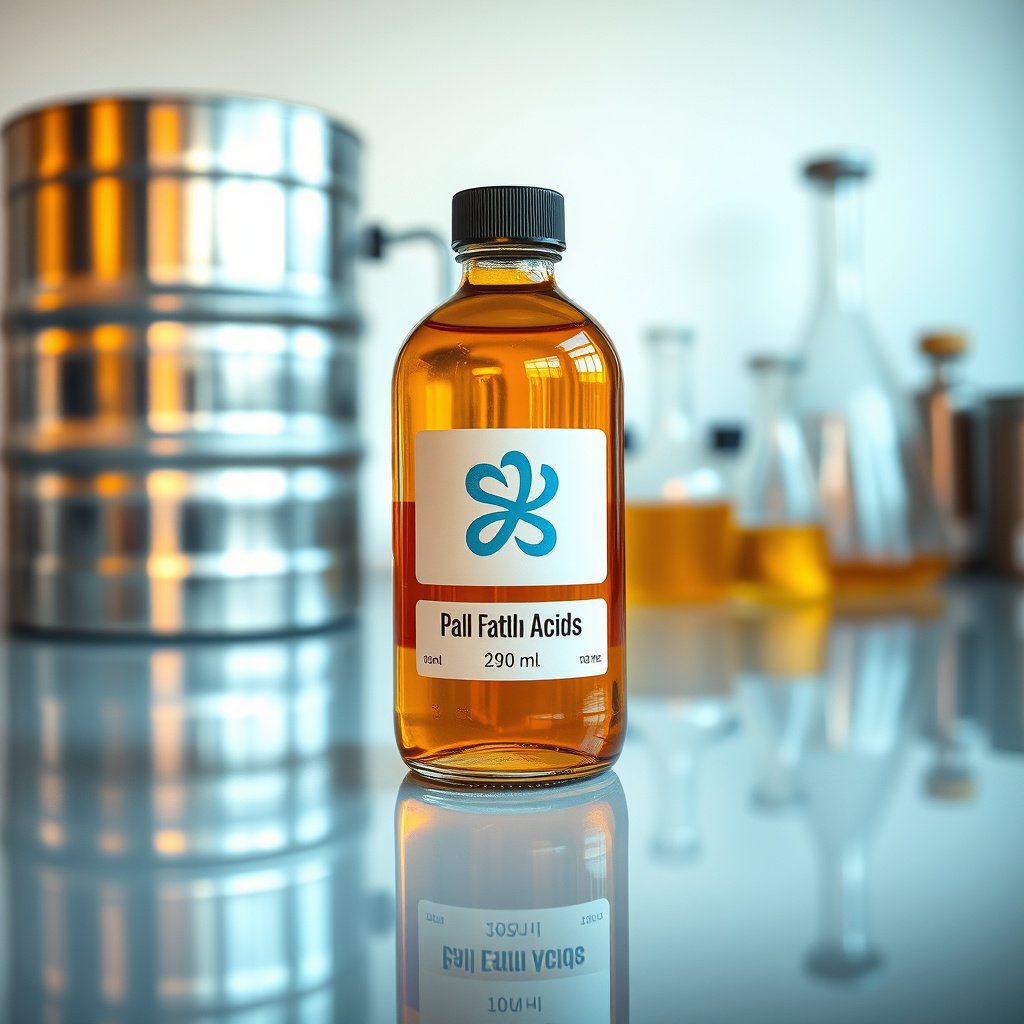Understanding Sodium Laureth Sulfate Pricing
Sodium Laureth Sulfate (SLES) is a widely used surfactant in various industries, particularly in personal care and cleaning products. The pricing of Sodium Laureth Sulfate can fluctuate based on several factors, including raw material costs, production processes, and market demand. For businesses looking to source SLES, understanding the pricing dynamics is crucial for maintaining competitiveness and profitability.
Factors Influencing SLES Pricing
The pricing of Sodium Laureth Sulfate is influenced by several key factors. Firstly, the cost of raw materials, such as ethylene oxide and sulfuric acid, plays a significant role. Fluctuations in the prices of these inputs directly impact the overall production costs. Additionally, operational costs associated with manufacturing and transportation can further influence pricing strategies.
DIPLOMATA’s Sodium Laureth Sulfate Grades
DIPLOMATA offers two distinct grades of Sodium Laureth Sulfate: 27% and 70%. The 27% grade is often preferred for formulations requiring milder surfactants, while the 70% grade is suitable for more concentrated applications. Each grade is designed to meet specific industry standards, ensuring consistent quality and performance across various applications.
Quality Assurance in SLES Supply
At DIPLOMATA, quality assurance is a top priority in the production of Sodium Laureth Sulfate. The company adheres to stringent quality control measures throughout the manufacturing process. This commitment to quality ensures that customers receive a reliable product that meets their precise specifications and industry requirements.
Distribution Channels for SLES in the U.S.
DIPLOMATA has established robust distribution channels for delivering Sodium Laureth Sulfate across the United States. With a nationwide reach, the company is well-positioned to meet the demands of various sectors, including cosmetics, household cleaners, and industrial applications. Efficient logistics and distribution strategies ensure timely delivery of products to customers.
Market Demand for Sodium Laureth Sulfate
The demand for Sodium Laureth Sulfate continues to grow, driven by its extensive use in personal care products and household cleaning solutions. As consumers increasingly seek effective and safe cleaning products, manufacturers are turning to SLES for its superior surfactant properties. This rising demand can influence pricing trends in the market.
Competitive Pricing Strategies
DIPLOMATA employs competitive pricing strategies to position itself as a leading supplier of Sodium Laureth Sulfate in the U.S. The company regularly analyzes market trends and competitor pricing to offer attractive rates without compromising on quality. This approach not only enhances customer satisfaction but also fosters long-term business relationships.
Long-term Supply Agreements
For businesses looking to secure a stable supply of Sodium Laureth Sulfate, DIPLOMATA offers long-term supply agreements that lock in pricing and ensure consistent availability. Such agreements are beneficial for manufacturers who require a reliable source of SLES for their production processes, minimizing the risks associated with price volatility.
Conclusion on SLES Pricing Trends
Monitoring pricing trends for Sodium Laureth Sulfate is essential for businesses aiming to optimize their procurement strategies. By staying informed about market dynamics and leveraging the expertise of suppliers like DIPLOMATA, companies can make informed decisions that enhance their operational efficiency and competitiveness in the market.


